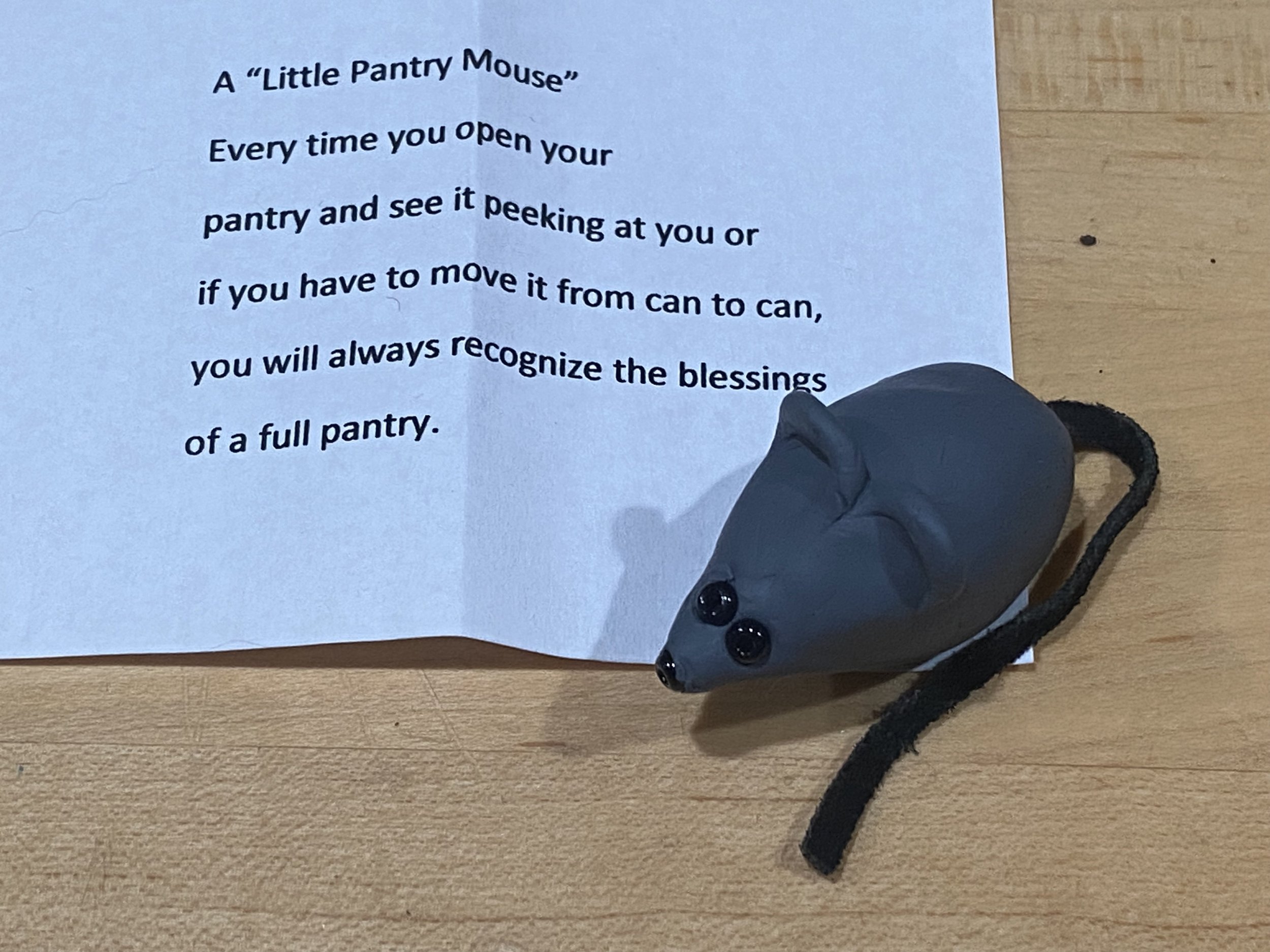2024 Year of African Violets
/hairs on african violets collect water out of the air. (charlotte ekker wiggins photo)
2024 Year of African Violets
According to the National Garden Bureau, 2024 is the year of African Violets, a plant that has fallen out of favor based on availability and that’s a shame.
I’ve loved African Violets ever since I can remember. Maybe it’s because I love native violets, which have a short flowering season. Nevertheless African Violets take up little space, are easy to grow and with proper care bloom almost continuously. They’re also favorite flower gifts.
african violets are sold as houseplants in most us home and garden centers. (charlotte ekker wiggins photo)
History of African Violets
African violets were discovered in the late 19th century by a German colonial official named Baron Walter von Saint Paul-Illaire in Tanzania (formerly Tanganyika). He found the plants growing wild in the Usambara Mountains. The discovery led to their introduction to Europe in the late 1800s.
Later, in the 20th century, African violets gained popularity as houseplants due to their ease of cultivation and beautiful flowers.
Today there are more than 20,000 hybrids from single petals to multi-petalled, speckled and even miniature varieties.
African violets are also available in doubles and a variety of colors. (charlotte ekker wiggins photo)
How to Care for African Violets
Light: African violets prefer bright, indirect light. Avoid placing them in direct sunlight; it can scorch their leaves. East or west-facing windows are usually suitable.
Temperature: They thrive in a consistent temperature range of 65-75°F (18-24°C). Avoid exposing them to cold drafts or sudden temperature fluctuations.
Watering: Water African violets from the bottom to prevent water from touching the leaves. Use room temperature water; don’t use softened water or the salt will kill these delicate plants.
Pour into the saucer beneath the pot, allowing the plant to soak up the water through the drainage holes. Empty excess water after about 30 minutes.
On the other hand, I carefully water from the top without wetting leaves and that seems to work well.
Humidity: They appreciate moderate humidity. Placing the pot on a tray filled with pebbles and water or using a humidifier nearby can help maintain suitable humidity levels.
Soil: Use a well-draining, porous potting mix specifically formulated for African violets. The mix usually has peat, perlite, and vermiculite.
Fertilization: Feed African violets regularly but sparingly with a balanced, water-soluble fertilizer specifically designed for flowering houseplants. Dilute the fertilizer to half or a quarter of the recommended strength and apply it during the growing season.
Potting: Repot African violets every 6-12 months or when you notice crowding or diminished growth. Choose a pot that's slightly larger than the current one and ensure it has drainage holes.
Pruning: Remove faded or spent flowers and any yellowing or damaged leaves to encourage new growth and maintain the plant's appearance.
Propagation: African violets can be propagated from leaf cuttings. Select healthy leaves and carefully cut them, ensuring each cutting includes a small section of the stem. Place the cuttings in a moist, sterile medium until new roots form.
I’ve pressed a damaged stem into a hole in the same spot and it generated a new plant.
Enjoy. I love seeing what plants are blooming every morning. These plants take up little space and give back for many years!
Charlotte














